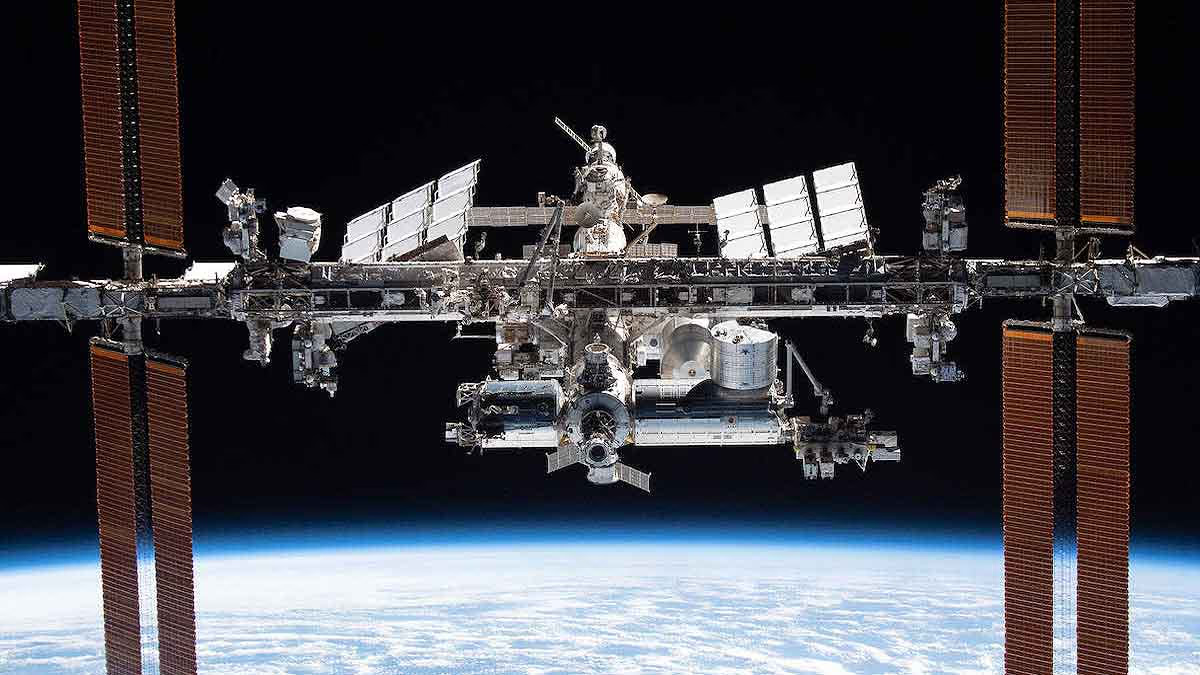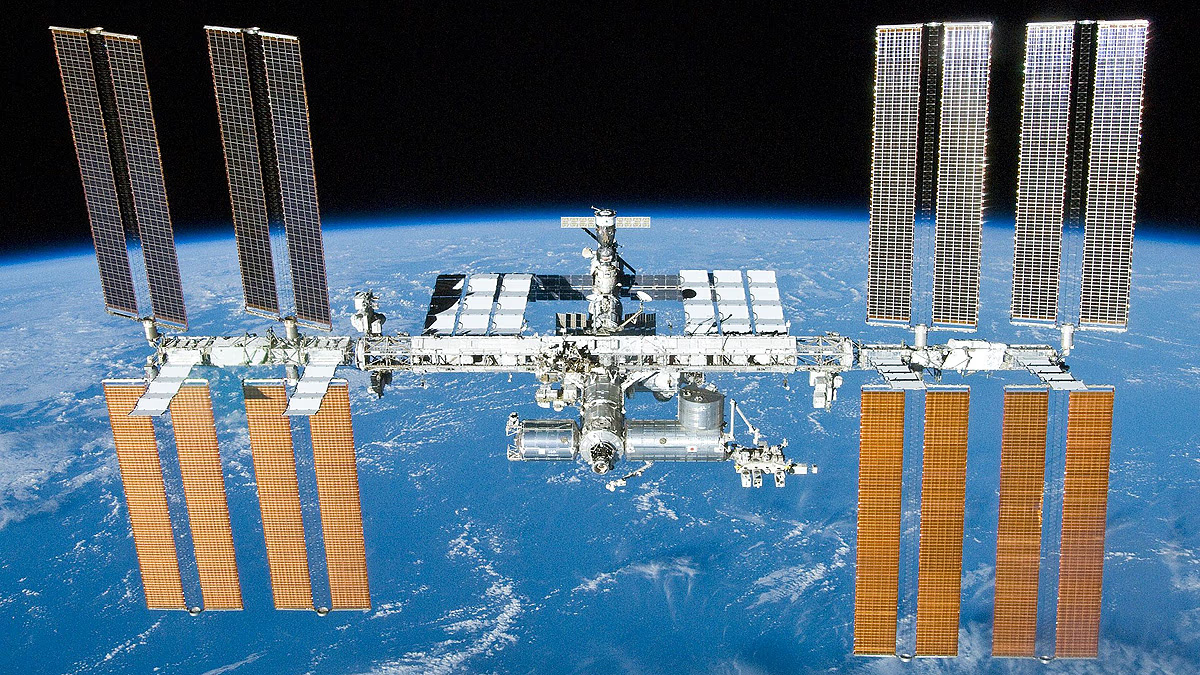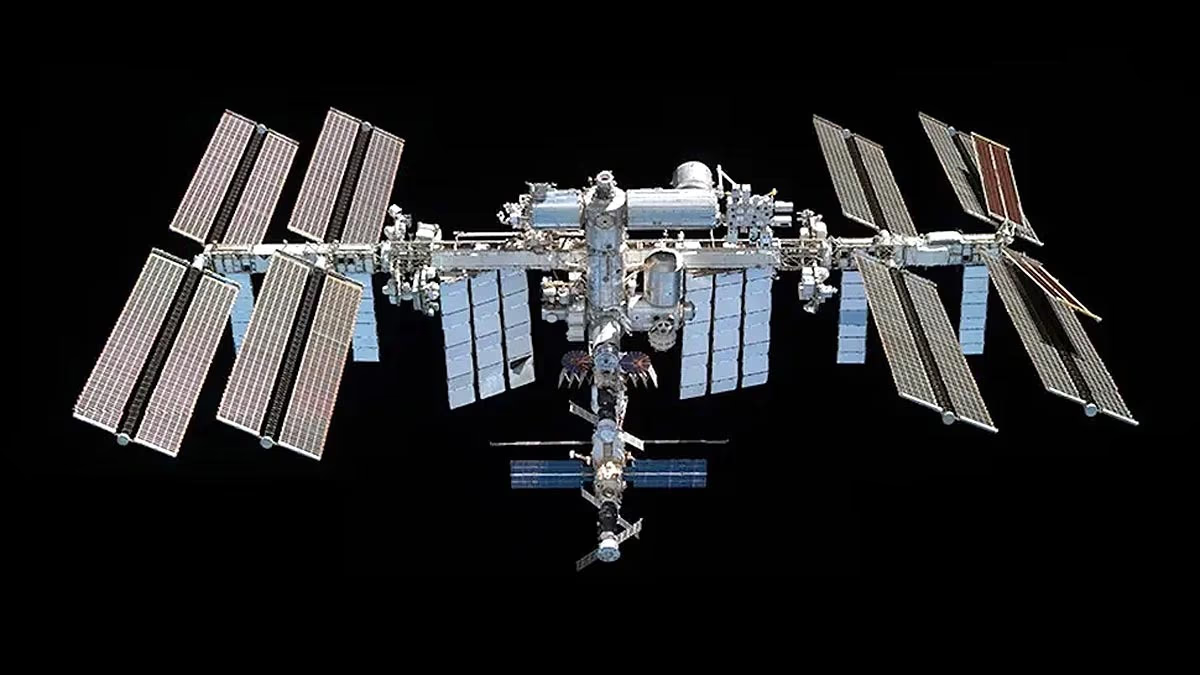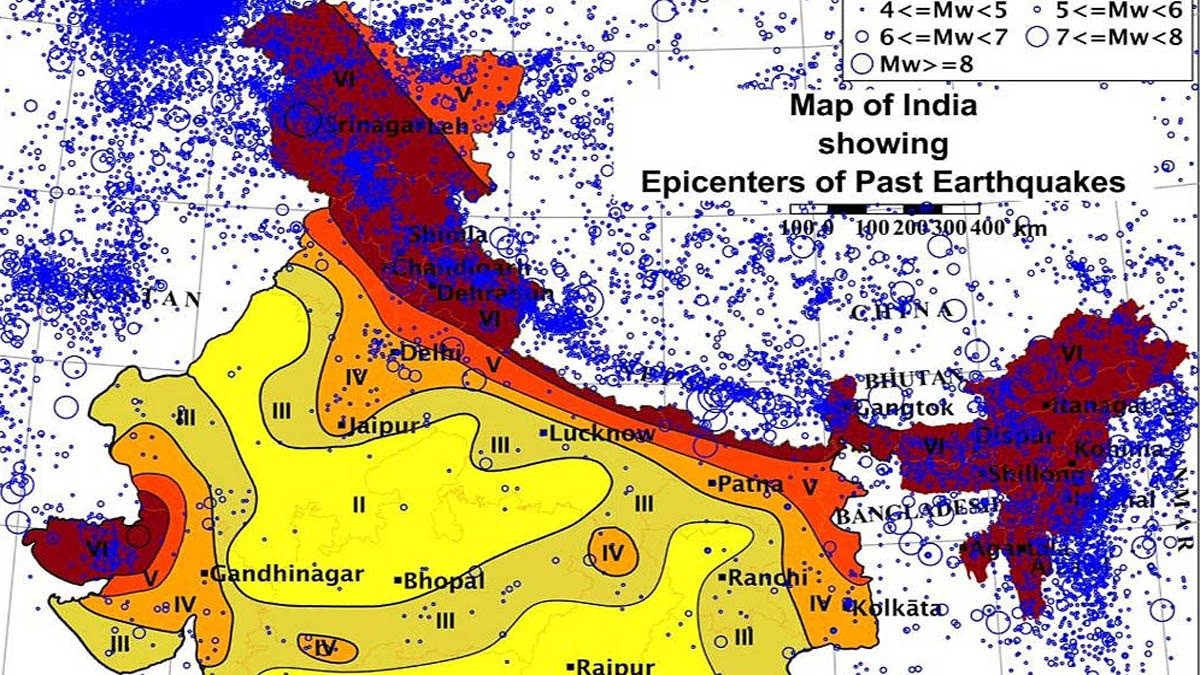The International Space Station (ISS) had to change its position twice between November 19 and 25 to avert potential disaster. Without this maneuver, the lives of six astronauts on board would have been at risk. This time, Russia took the initiative to safeguard four American and three Russian astronauts.
Russia's Progress 89 robotic cargo ship, currently docked to the space station, ignited its engines for 3.5 minutes on November 25. This effort was made to protect the station by altering its course away from swiftly advancing space debris.

Source: aajtak
stated that space debris was detected on the station's trajectory, prompting the activation of Progress 89's thrusters. They remained active for approximately three and a half minutes, repositioning the station to guard it and its crew from debris.
Station Elevated by 1650 Feet
Russia's space agency, Roscosmos, reported that on November 25, the station's altitude was increased by about 1650 feet (500 meters). A similar adjustment was carried out by Progress 89 on November 19, with its engines turned on for 5.5 minutes to avoid collision with a defunct U.S. defense satellite from 2015.

Source: aajtak
Who is Currently on the Space Station?
American Astronauts:
Butch Willmore, Sunita Williams, Don Pettit, and Nick Hague.
Russian Cosmonauts:
Alexander Gorbunov, Alexey Ovchinin, and Ivan Vagner.
10,200 Satellites Orbit the Earth
According to the European Space Agency, nearly 10,200 active satellites currently orbit the Earth in low Earth orbit. The most numerous are the satellites of SpaceX's Starlink broadband megaconstellation, with around 6,700 Starlinks operating around the Earth.

Source: aajtak
Space Debris Far Exceeds Satellites
European Space Agency data shows significantly more debris than satellites orbiting the Earth. Among them are 40,500 objects at least 4 inches wide, 1.1 million pieces ranging from 0.4 to 4 inches, and 130 million fragments measuring about a millimeter across.
These small fragments can also pose a grave threat to the space station and its astronauts due to their high speed. The station typically orbits about 400 kilometers above Earth's surface, traveling at 28,160 km/hr. Since 1999, approximately 32 adjustments have been made to ensure its continued safety.




